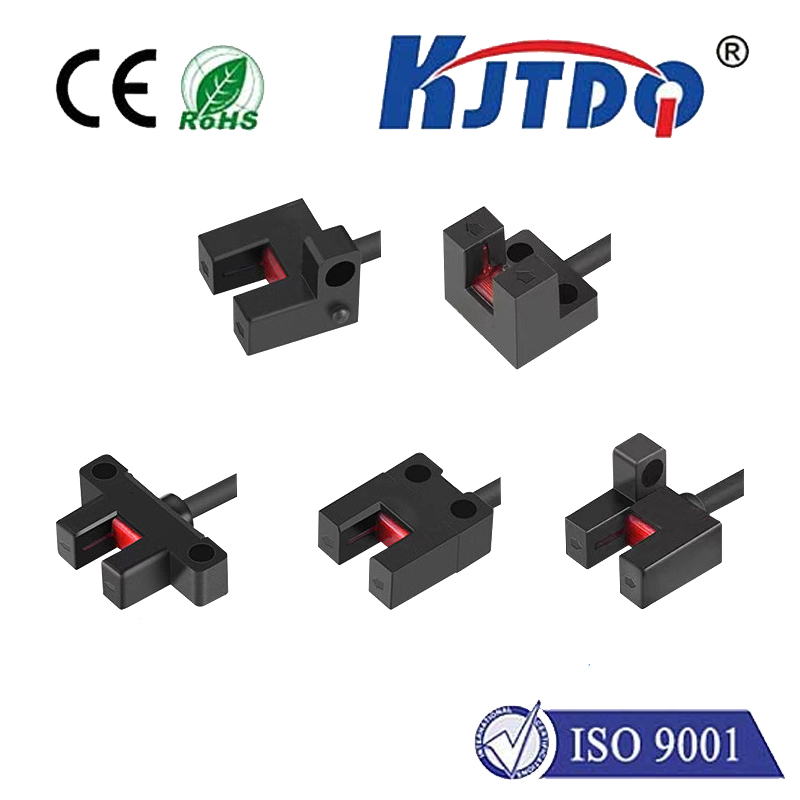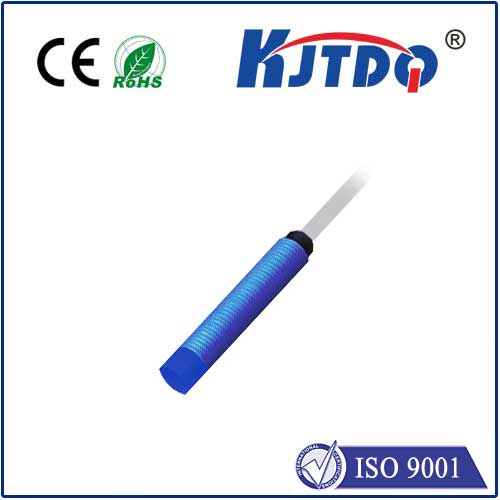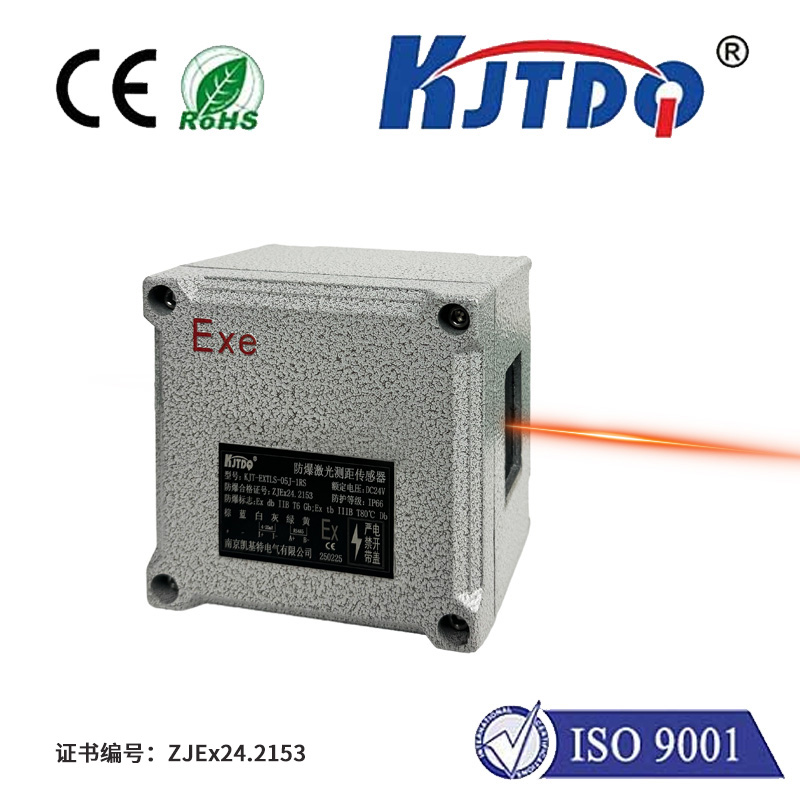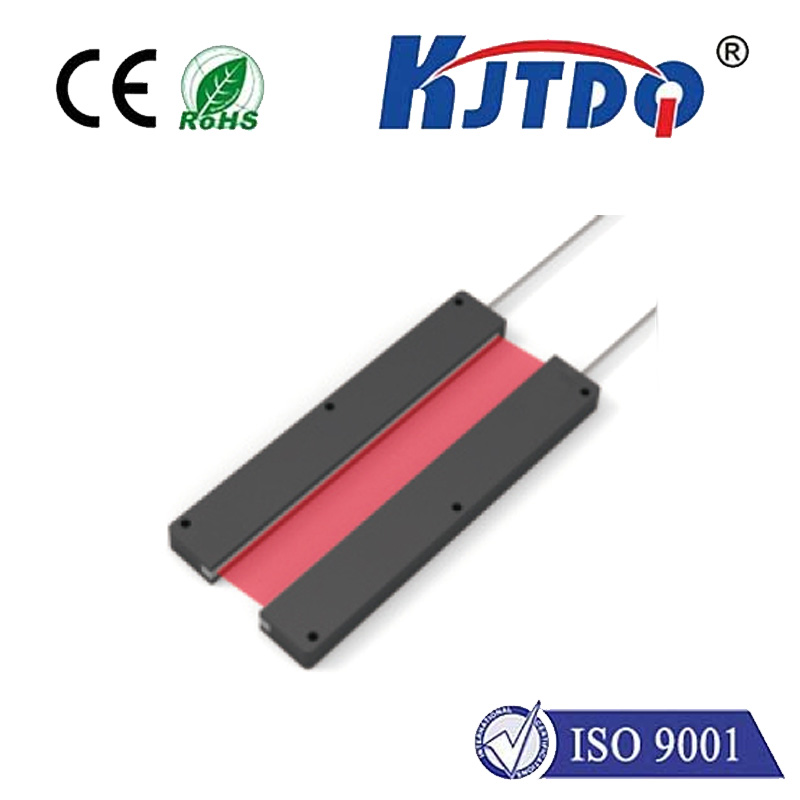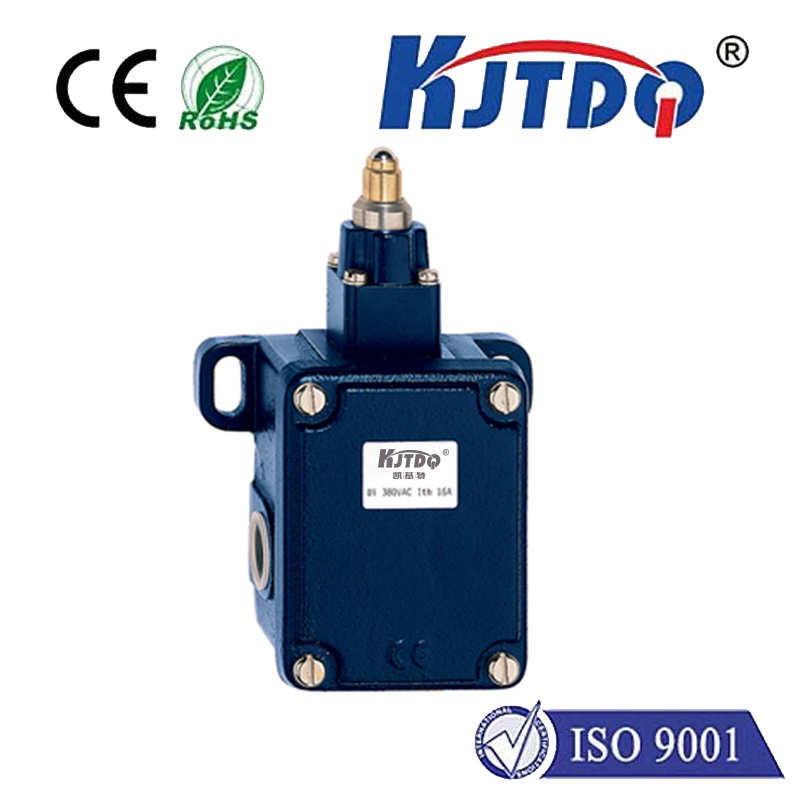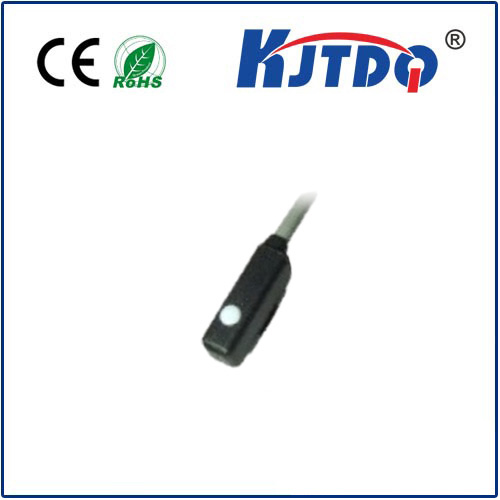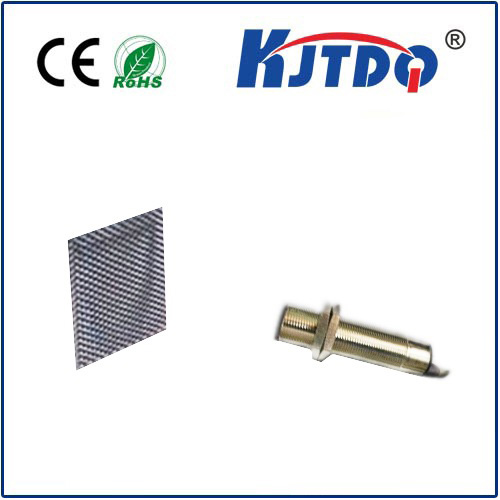inductive proximity sensor 5v
- time:2025-09-07 01:39:56
- Click:0
The Essential Guide to 5V Inductive Proximity Sensors: Compact Power for Modern Automation
In the intricate dance of modern machinery, unseen heroes constantly whisper vital information. Among them, the humble 5V inductive proximity sensor plays a surprisingly pivotal role. Nestled within countless devices – from sophisticated industrial robots to the smartphone in your pocket – these compact marvels provide the fundamental sense of proximity without ever needing to touch. Their ability to operate efficiently on low voltage makes them indispensable for energy-conscious, space-constrained applications. Understanding their operation and advantages is key to unlocking smarter, more reliable automation solutions.
What Exactly is an Inductive Proximity Sensor?
At its core, an inductive proximity sensor is a solid-state electronic device designed for non-contact detection of metallic objects. Unlike mechanical switches, there’s no physical connection required, eliminating wear and tear and enabling incredibly fast response times. The “5V” designation specifically refers to its operating voltage – this sensor is engineered to function reliably on a standard 5 Volt DC power supply. This makes it inherently compatible with a vast ecosystem of modern electronics, particularly microcontrollers (like those from the Arduino and Raspberry Pi families), PLC digital input modules, and other low-voltage digital circuits. The “inductive” part describes its operating principle: it generates an electromagnetic field to sense metal targets.
The Magic Behind the Detection: How It Works

The heart of a 5V inductive proximity sensor contains a coil wound around a ferrite core, connected to an oscillator circuit. When powered by its 5V DC supply, the oscillator generates a high-frequency alternating electromagnetic field that radiates from the active face of the sensor.
- Field Generation: Internally, an oscillator circuit powered by the 5V input creates a high-frequency electromagnetic field emanating from the sensor’s sensing face.
- Target Interaction: When a metallic object (typically ferrous metals like iron or steel, but also detectable non-ferrous metals depending on sensor type) enters this field, eddy currents are induced on the surface of the target.
- Energy Loss Detection: These eddy currents draw energy from the sensor’s internal oscillator circuit. This energy loss causes a measurable change in the amplitude of the oscillations.
- Signal Processing: Sophisticated circuitry within the sensor continuously monitors this amplitude change.
- Output Switching: Once the change exceeds a predefined threshold (indicating the target is within the specified sensing range), the sensor’s electronic output switch changes state. This output is designed to interface cleanly with 5V logic circuits. Common output types include:
- NPN (Sinking): Switches the negative/ground path.
- PNP (Sourcing): Switches the positive voltage path.
- NO (Normally Open) / NC (Normally Closed): Describes the resting state of the output switch.
Why 5V? The Compelling Advantages
Choosing a 5V inductive proximity sensor offers distinct benefits, particularly in modern electronic design:
- Direct Microcontroller/Logic Compatibility: This is arguably the biggest advantage. Most modern microcontrollers, development boards (Arduino, Raspberry Pi, etc.), and numerous PLC input modules operate natively at 5V logic levels. A 5V sensor plugs directly in without requiring cumbersome level-shifting circuits or additional power supplies.
- Lower Power Consumption: Operating at 5V inherently draws less current than higher voltage sensors (like 12V or 24V), making them ideal for battery-powered devices, portable equipment, and applications where minimizing energy usage is critical.
- Compact Size: Sensors designed for lower voltages can often be manufactured in smaller, more space-efficient packages. This compact form factor is vital in densely packed electronics, consumer goods, and miniaturized machinery.
- Reduced Heat Generation: Lower operating voltage typically translates to less internal heat dissipation, contributing to long-term reliability and suitability for sensitive environments.
- Cost-Effectiveness: Simpler interface requirements and potentially lower component costs contribute to an overall economical solution for many applications.
Where Do 5V Inductive Sensors Shine? Applications Galore
The unique blend of non-contact sensing, metal detection, low power, and 5V compatibility makes these sensors ubiquitous:
- Consumer Electronics Assembly: Precise detection of tiny metal components (screws, springs, shields) on PCBs or within assemblies on high-speed production lines.
- 3D Printer & CNC Machine Endstops/Limit Sensing: Reliably detecting the home position or limits of moving axes (often detecting metal on the carriage or frame).
- Robotics: Position feedback for robotic arms (detecting joint limits), object presence sensing in grippers, or line following (detecting metal strips). Perfect for interfacing with robot control boards.
- DIY Electronics & Prototyping: The go-to choice for makers and engineers using Arduino, Raspberry Pi, or similar platforms for projects involving metal detection or position sensing due to effortless 5V integration.
- Low-Power Industrial Controls: Monitoring position, counting metal parts on conveyors, detecting the open/closed state of small metal doors or hatches, especially in control panels using 5V logic.
- Automotive Electronics: Sensing gear position, pedal position, brake wear indicators, or fluid levels (often via a float with a metal target) within modules operating on vehicle 5V rails.
- Medical Devices: Position sensing in compact diagnostic equipment or portable medical tools requiring low-voltage operation.
- Vending Machines & Kiosks: Detecting coin presence, door closure, or product dispensing mechanisms.
Choosing the Right 5V Inductive Sensor: Key Considerations
Not all 5V inductive proximity sensors are identical. Selecting the optimal one involves evaluating:
- Sensing Range (Sn): The nominal distance at which it can reliably detect a standard target (usually mild steel). Ranges vary from fractions of a millimeter up to several millimeters. Choose based on your required detection distance.
- Target Material: Standard sensors are optimized for steel. If detecting non-ferrous metals (aluminum, copper, brass) is critical, look for sensors specifically designed or calibrated for these materials, noting that the effective sensing range will be reduced compared to steel.
- Output Type (NPN/PNP, NO/NC): Match this to your control system’s input requirements. Does your controller need a sinking (NPN) or sourcing (PNP) input? Does the application require detection when the target is present (NO) or absent (NC)?
- Size and Housing: Cylindrical (e.g., M5, M8, M12, M18, M30 diameters) or rectangular/block styles are common. Consider the physical space constraints. Also, check the IP rating (e.g., IP67) for dust and water resistance if needed.
- Switching Frequency: How fast can the sensor detect targets passing by? Crucial for high-speed counting or detection on fast-moving machinery.
- Flush or Non-Flush Mounting: Flush-mountable sensors can be embedded in metal without compromising performance, offering protection and neat installation. Non-flush sensors offer longer ranges but require clearance around them.
Installation Tips for Optimal Performance
Maximizing the reliability of your inductive proximity sensor 5v involves proper installation:
- Mount Securely: Vibration can affect performance and damage the sensor over time.
- Respect Sensing Field:






